You’ve studied the disease. You’ve purchased a glucose meter. You altered your schedule to ensure someone is home every 12 hours to give your diabetic pet insulin. And you run periodic glucose curves. A surprising perception of some diabetic pet owners is that the pet’s blood glucose is the same day to day. It isn’t!
Little things that we don’t necessarily consider can affect the blood glucose. This is why we like consistency in a diabetic pet’s routine.
Today I thought I’d mention 3 big factors that can affect blood glucose.
Exercise
Whether you are diabetic or not, physical activity can lower blood glucose levels. Increased exercise burns through calories and glucose. This is why we feel hungry after strenuous exercise. If you decide to take your diabetic dog for a hike, I’m sure you will remember to bring water. If this walk is more exercise than you and your dog usually tackle, do also pack your glucose meter and some treats in case your sweetie becomes hypoglycemic. Exercise is a wonderful thing for a diabetic pet, but be sure to pack snacks in case of low blood sugar levels.
Stress
Anxiety or emotional stress can increase the blood glucose. It’s the old ‘fight or flight’ adrenaline response that we learned about in high school. It’s the body’s way of providing energy to make a quick getaway in an emergency. There really isn’t anything we can do about occasional stress, as life tends to have its ups and downs. Nonetheless, if your sister is visiting with her screaming 3-year old child, it might not be the best day to check Fluffy’s glucose curve. Or perhaps this would be a good excuse to have them stay at a hotel (just kidding!).
Treats
Treats can increase the blood glucose. It is particularly carbohydrates that drive the increase in glucose levels. Remember how I harp on you to avoid mid-meal snacks if possible? Unless we know a diabetic dog is hypoglycemic, we don’t typically encourage feeding between insulin injections. Additionally, we strive for consistency. Consistency means consistent times fed, consistent timing of insulin injections (as close as your schedule can muster to every 12 hours), consistent exercise and consistent portions. If you are guessing or ball-parking how much you feed your diabetic pet, stop it. Either measure or weigh the food so that they are equally portioned meals.
Now when I say consistent meals, this would ideally pertain to diabetic dogs and diabetic cats. However, cats are bossy little creatures who like things their way. I live with them. I know how they are! My little feline monsters boss me around just as I’m certain your cats boss you around. I can tell you that it is ideal to “meal feed” your diabetic cat twice a day when you give the insulin, but most cats will assure you they are starving if they eat only twice daily. I feed my beloved felines right before I go to bed, yet they still stand on my head at oh-dark thirty, demanding breakfast.
In nature, cats are carnivores and eat few carbohydrates. Since we have found greater glucose regulation feeding diabetic cats low carbohydrate food, a low-carbohydrate snack between insulin injections probably won’t affect the glucose levels as much as a high-carbohydrate food would. Yes, most veterinarians would like you to feed your diabetic cat twice a day (when the insulin is given), but we want peace in your home. If kitty ain’t happy ain’t nobody happy. We pick our battles.
NOTE: Consult your veterinarian to confirm that my recommendations are applicable for the health needs of your pet.
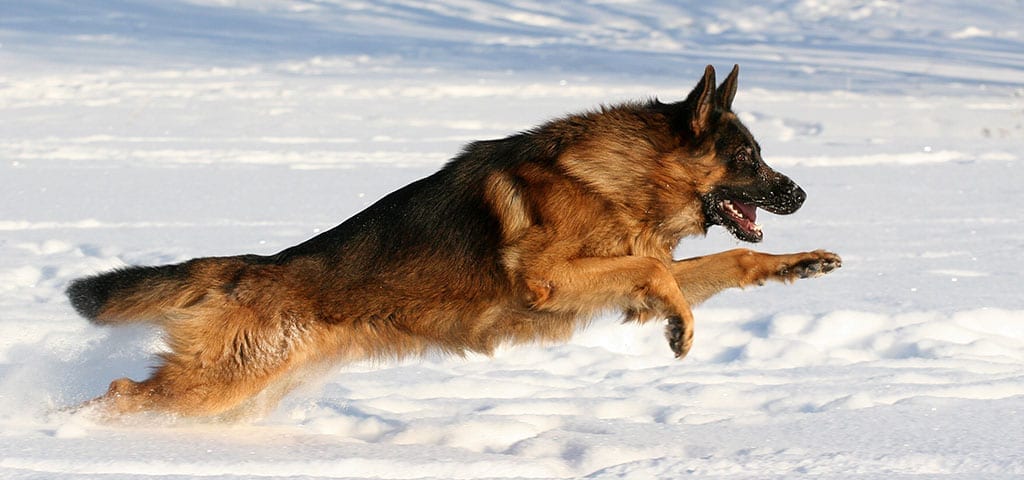
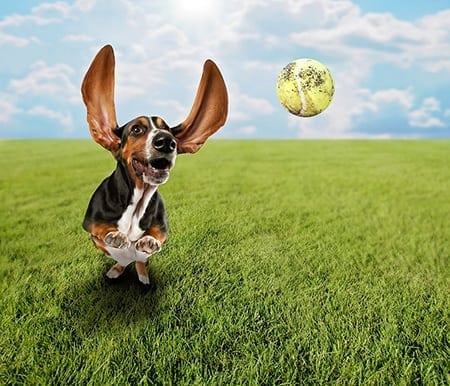
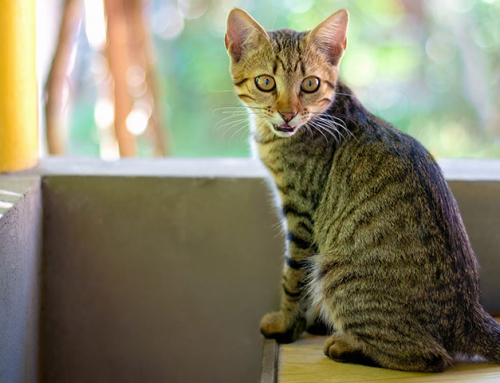

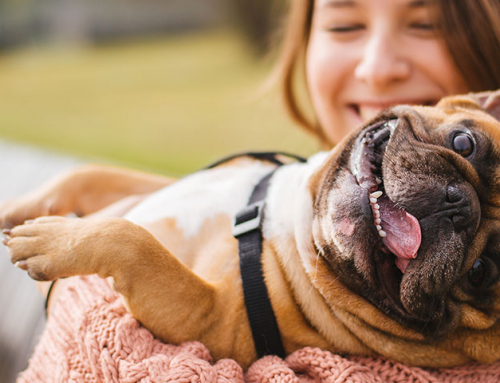

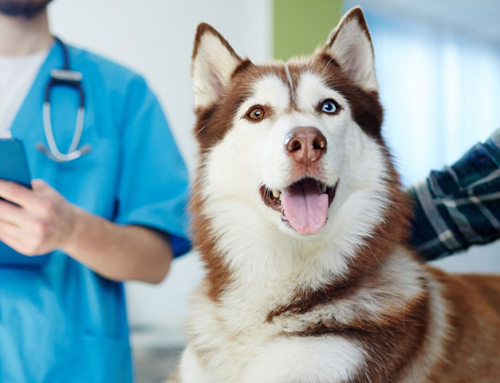
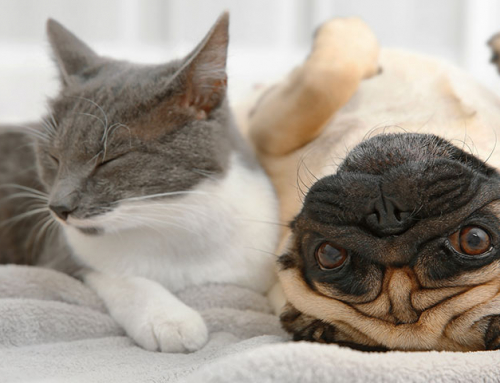
Thank you for the information on stress affecting the blood glucose levels in pets. This answered a question I was searching for the answer and I ran across your article on diabetes and some of the triggers for blood glucose levels. Keep up the good work.
J. Auld
Happy pet owner
Thank you!
Can the weather affect my dogs glucose numbers? If its hot outside, will his numbers be higher? If its colder, will the numbers be lower?
That’s a great question and I don’t know the answer. Certainly hot weather can increase insulin absorption and cold weather can slow insulin absorption. If it’s really miserably hot outside your pet might not wish to exercise as much as normal and that could affect/increase the glucose numbers.
Does roasted chicken mixed with dry dog food raise glucose levels in diabetic dogs?
Roasted chicken is low in carbohydrates, so it would be less likely to increase the blood glucose than dog kibble. However, the quantity of food does affect the blood glucose. And of course you must be careful with how much fat is in the chicken as pets may have become diabetic secondarily to pancreatitis.
How does water intake during the heat of summer affect a diabetic dogs’s glucose readings?
If a pet isn’t dehydrated the blood glucose level might be higher. Drinking water can help lower the blood glucose level. Clearly when a pet’s blood glucose is elevated it will urinate more. Diabetics are prone to dehydration. Be sure to have plenty of water available, inside and outside, for your diabetic pet. 🙂
I have a lab that is diabetic. A few weeks a go she had the best curve ever. My vet was so happy she was doing so well. All of a sudden she back up in the 600 and we have no clue why. Her blood work came back normal and no infection. Nothing has changed in our home her diet and routines the same. Any idea what might be happsning?
Your vet did well to run bloodwork to see if there are any clues to why her numbers suddenly deteriorated. Did she also have a urinalysis and urine culture?
stress seems to lower blood glucose in my 13 year old dog. she can be 265 in the am and 60 by 1:30p.m.
very unpredictable from day to day. She is on 13 in am and 17 in pm insulin
She likley needs to be on a lower dose if her glucose is 60.
Stress should increase her glucose rather than decrease it.
Do you run blood glucose curves to see just what her glucose does after a dose or are you doing spot checks.
Wh6 do you give a different dose in the am co pared to the pm?
Typically equal doses, every 12 hours, with equally portioned meals, is your best bet.
Do please run a blood glucose curve and have a chat with your vet to help regulate her diabetes.
Best, Joi
Thanks for all the helpful info.Is there any correlation between a diabetic dog and hair loss? Also what’s a good number for my dogs glucose levels? Thanks
Amen to that last line!